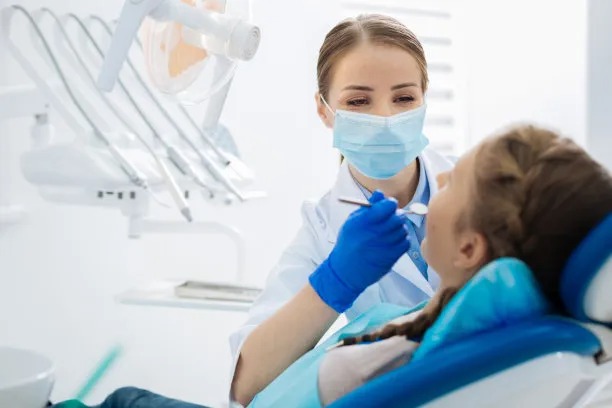The Process and Experience of Extracting a Tooth Understanding the Steps and Aftercare for Dental Health
Summary: Extracting a tooth can be a daunting experience for many individuals, but understanding the process and aftercare can significantly reduce anxiety and promote better dental health. This article provides a comprehensive overview of the steps involved in tooth extraction, including preparation, the actual procedure, post-extraction care, and recovery guidelines. Each section elaborates on essential information that patients should be aware of, providing clear insights into what to expect before, during, and after the procedure. By familiarizing oneself with the tooth extraction process and following appropriate aftercare practices, individuals can ensure a smoother recovery while maintaining optimal dental health.
1. Preparing for Tooth Extraction

The first step in the tooth extraction process is a thorough evaluation by a dentist. During this appointment, the dentist will assess the affected tooth through X-rays and physical examinations. This evaluation is crucial as it helps determine the complexity of the extraction and whether it can be done in a dental office or requires a specialist.
After assessment, the dentist will discuss the procedure with the patient, explaining potential risks and the anesthesia options available. Patients should feel comfortable asking questions to clarify any uncertainties regarding the process. Having a full understanding and setting expectations can alleviate anxiety prior to the appointment.
Additionally, patients are advised to follow specific pre-operative instructions, such as avoiding certain medications or foods. These instructions may vary depending on the dentist’s protocols and the patients overall health status, but following them is vital for a smooth extraction.
2. The Extraction Procedure Explained
On the day of the extraction, patients usually arrive at the dental office where they will be greeted and prepared for the procedure. The dentist will administer the chosen anesthesia to ensure the patient remains comfortable throughout the extraction. Its important for patients to communicate any discomfort they may experience during this stage.
Once the anesthesia takes effect, the dentist will proceed with the extraction. The method used can vary: simple extractions typically involve loosening the tooth for a straightforward removal, whereas surgical extractions may be necessary for impacted teeth, necessitating incisions in the gum tissue. Understanding the method being used can help patients feel more at ease during the process.
The actual extraction can take anywhere from a few minutes to half an hour, depending on the tooth’s complexity. After the tooth is removed, the dentist will clean the area and may place stitches if necessary. A cotton gauze pad is generally applied to help control bleeding.
3. Post-Extraction Care Essentials
After the tooth extraction, proper aftercare is crucial in promoting healing and preventing complications. Patients are typically advised to keep the gauze pad in place for several hours to manage bleeding. Its essential to avoid vigorous activities and bending down, as these can increase blood flow to the area and worsen bleeding.
In the following days, patients should stick to a soft food diet, avoiding hot, spicy, or crunchy foods that may irritate the extraction site. Hydration is vital, but patients must avoid using straws as the suction can dislodge the blood clot, leading to a painful condition known as dry socket.
Regularly taking prescribed pain relief medication as directed can help manage discomfort during recovery. Patients should also monitor the extraction site for signs of infection, which include excessive swelling, pus, or fever. If these symptoms arise, a follow-up visit with the dentist is necessary.
4. Recovery Guidelines for Faster Healing
The recovery period after a tooth extraction can vary from person to person. Most individuals experience swelling and discomfort for a few days, which can be alleviated with ice packs and prescribed medications. Rest is essential during this initial phase to allow the body to heal.
Gradually, individuals can start reintroducing their normal activities, but they should avoid strenuous exercise for at least a few days. Taking care of one’s oral hygiene is still important; however, patients should be gentle when brushing near the extraction site to avoid irritating the area.
Returning to the dentist for a follow-up appointment is recommended to ensure the extraction site is healing properly. Any remaining stitches will typically dissolve on their own, ensuring that the patients gum tissue regenerates smoothly.
Summary:
Tooth extraction is a common dental procedure that, when understood clearly, tends to be less intimidating for patients. The steps leading to, during, and after the extraction play significant roles in ensuring a successful recovery and maintaining appropriate dental health. Following the guidelines outlined in this article can contribute to a smoother extraction experience and enhanced oral health.
This article is compiled by Vickong Dental and the content is for reference only


